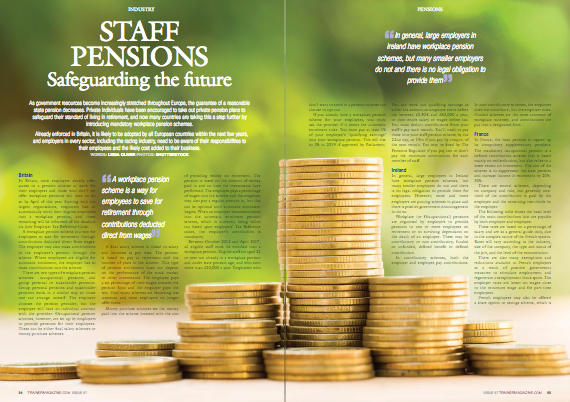Horseracing in South Korea: A GLOBAL VISION
Published in European Trainer, January - March 2018, issue 60.
On the evening of 19th January 2017, something special happened in Dubai. To the casual spectator it might have seemed like any other horse race, but to viewers in Korea, the 1200m District One Handicap at Meydan was a watershed moment in their nation’s sporting history. Because the winner of this race was Main Stay, a four-year-old colt trained by Kim Young Kwan and the first Korean-trained horse to win at a significant international meeting since thoroughbred horse racing was established in South Korea almost 100 years ago. What is more, the winner carried the (KOR) suffix in the racecard, underlining the fact that the country is now capable of producing internationally competitive thoroughbreds.
Yet as Main Stay crossed the line on that fateful night, even switched-on racing enthusiasts and professionals with a broad international perspective may have asked, “So they race in Korea?”
Indeed, this otherwise significant nation’s racing industry remains relatively unknown across the globe. Recent developments have brought Korean racing into the spotlight however, and notable domestic and international expansion projects put in place by the Korea Racing Authority (KRA) could soon see it established as an influential player on the global racing scene....
To read more - subscribe now!
Buy this issue online here
Gallery coming...
Staff Focus: Work experience and the pathways into racehorse care
First published in European Trainer issue 58 - July - September 2017
Click here to order this back issue!
The pedigrees of racing’s human participants are often as impressive as the horses in their care, but the industry is doing all it can to attract and welcome newcomers from outside of any equestrian background in the hope they might establish future dynasties of their own.
A shortage of staff Europe-wide means it is vital that new initiatives are introduced and supported, to encourage young people to seek careers within racing.
A traditional route into racing has always been simply knocking at a door and asking. While many trainers will welcome schoolchildren looking to gain experience, not every trainer finds them useful and not every young person finds the experience useful. The key lies in matching the correct yards to those taking a keen interest, and the Racing To School programme in Britain and the similar Go Racing Kids’ Club in Ireland are proving beneficial in that respect.
EMHF - Welfare at the top of the agenda
First published in European Trainer issue 58 - July - September 2017
Click here to order this back issue!
There is debate over the appropriateness of the use, in the context of horseracing, of the term ‘social licence.’
There is debate over the appropriateness of the use, in the context of horseracing, of the term ‘social licence.’ It is heard in our world with increasing frequency, but opponents point to the fact that it implies a formal power – which society, of course, does not hold, in any direct sense – to sanction or prohibit the sport. But it is surely incontestable that racing’s future is brighter where it enjoys broad public support and more precarious where there is widespread opposition. There is encouraging evidence that racing ‘gets’ this.
As public sensibilities around the world shift towards ever greater concern for the wellbeing of animals, so there are numerous examples of racehorse welfare moving ever higher up the agenda of racing’s administrators. The tone has been set at the very top – it has been a mantra of the International Federation of Horseracing Authorities’ (IFHA) chairman Louis Romanet in recent years that horse welfare must be central to the efforts of national racing authorities.
Staff Pensions - Safeguarding the future
CLICK ON THE IMAGE ABOVE TO BUY THIS BACK ISSUE NOW!
First published in European Trainer issue 57 - April '17 - June '17
Racecourse Security - Does it pass the test?
CLICK ON THE IMAGE ABOVE TO BUY THIS BACK ISSUE NOW!
First published in European Trainer issue 57 - April '17 - June '17




